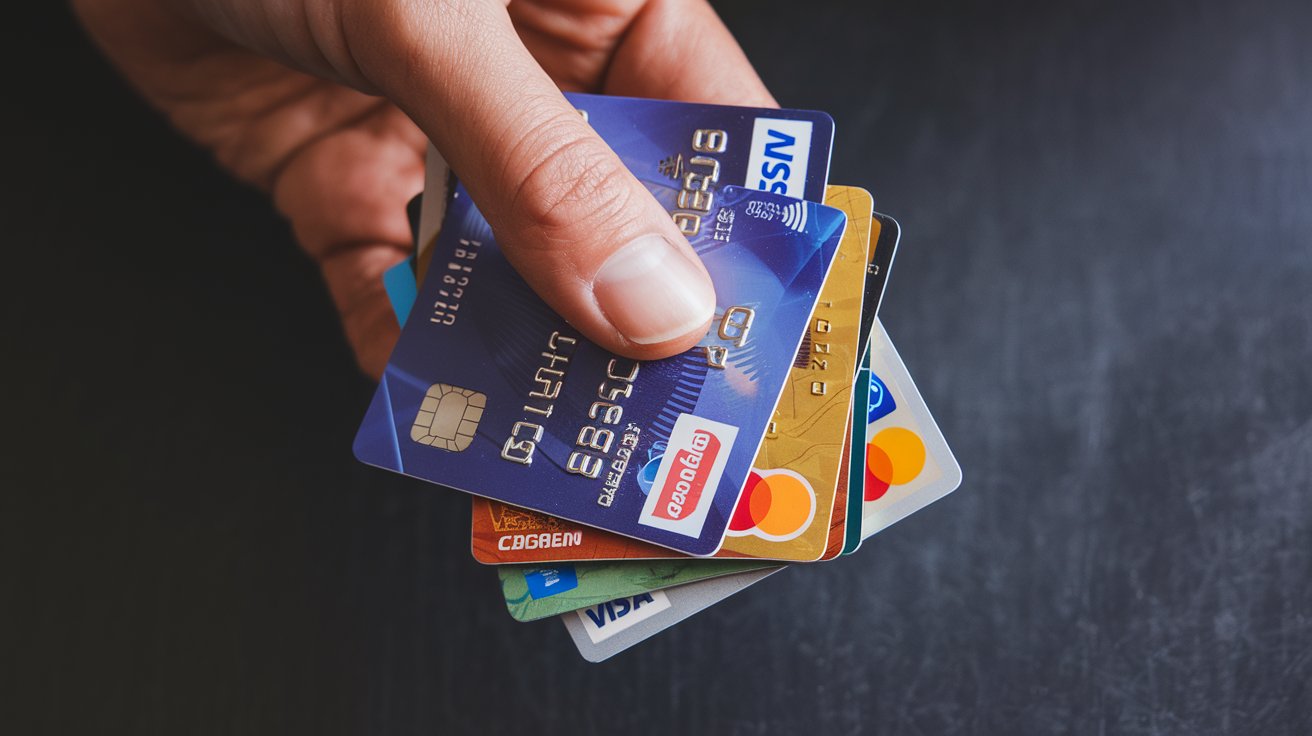
Having bad credit doesn’t mean you’re locked out of the credit card market forever. With the right strategy and appropriate cards, you can begin rebuilding your creditworthiness while enjoying the convenience and security of a credit card.
What Defines “Bad Credit”?
Credit scores typically range from 300 to 850. A score below 580 is generally considered “bad credit,” while scores between 580-669 fall into the “fair” category. Understanding where you stand is the first step toward improvement.
Secured vs. Unsecured Cards
Before diving into specific recommendations, it’s important to understand the difference between secured and unsecured credit cards. Secured cards require a security deposit that typically becomes your credit limit, while unsecured cards don’t require this upfront deposit but often come with higher fees and interest rates for those with bad credit.
Top Credit Cards for Bad Credit
Here’s a comprehensive comparison of cards specifically designed for credit building:
| Card Name | Type | Annual Fee | Deposit Required | APR | Credit Score Needed | Key Benefits |
|---|---|---|---|---|---|---|
| Discover it® Secured | Secured | $0 | $200-$2,500 | 24.99% | 300+ | 2% cash back at restaurants & gas stations; Cash back match first year |
| Capital One Platinum Secured | Secured | $0 | $49-$200 | 26.99% | 300+ | Automatic credit line review after 6 months |
| OpenSky® Secured Visa® | Secured | $35 | $200-$3,000 | 21.64% | No credit check | No credit check required |
| Credit One Bank Platinum | Unsecured | $39-$99 | $0 | 24.24%-29.74% | 550+ | 1% cash back on eligible purchases |
| Petal® 1 Visa® | Unsecured | $0 | $0 | 23.74%-33.24% | 550+ | Cash back offers; No annual fee |
Essential Features to Look For
When selecting a credit card for rebuilding credit, prioritize these features:
- Credit Bureau Reporting: Ensure the card issuer reports to all three major credit bureaus (Equifax, Experian, and TransUnion).
- Reasonable Fees: While some fees are expected with bad credit cards, avoid excessive charges that could make credit building more difficult.
- Path to Better Terms: Look for cards that offer the possibility of graduating to better terms or higher credit limits after demonstrating responsible use.
Building Credit Successfully
Simply having a credit card isn’t enough – you need to use it responsibly. Follow these guidelines:
- Keep your credit utilization below 30% of your available credit
- Make all payments on time, every time
- Monitor your credit report regularly for errors or improvements
- Avoid applying for multiple cards simultaneously
Common Pitfalls to Avoid
Building credit requires patience and discipline. Watch out for these common mistakes:
- Maxing out your credit limit
- Making only minimum payments
- Missing payment due dates
- Closing old credit accounts
- Applying for too many cards at once
Graduation Strategies
Many secured card issuers offer a path to graduate to an unsecured card. To improve your chances:
- Maintain on-time payments for 12-18 months
- Keep credit utilization low
- Avoid applying for other credit during this time
- Build a steady income history
Additional Tips for Success
Beyond responsible credit card use, consider these strategies:
- Become an authorized user on a responsible person’s credit card
- Consider a credit-builder loan from a local credit union
- Use free credit monitoring services to track your progress
- Set up automatic payments to avoid missing due dates
When to Consider an Upgrade
After 12-18 months of responsible credit use, watch for these signs that you’re ready to upgrade:
- Credit score has improved by 50+ points
- No missed payments in the last year
- Steady income source
- Credit utilization consistently below 30%
Long-term Credit Building
Remember that building credit is a marathon, not a sprint. Focus on:
- Maintaining a mix of credit types
- Keeping old accounts open
- Regularly reviewing your credit reports
- Only applying for credit when necessary
Conclusion
While bad credit can feel limiting, the right secured or unsecured credit card can be your ticket to better credit scores. Choose a card that matches your current situation, use it responsibly, and stay committed to your credit-building goals. With time and dedication, you can work your way toward better credit options and financial opportunities.

Leave a Reply